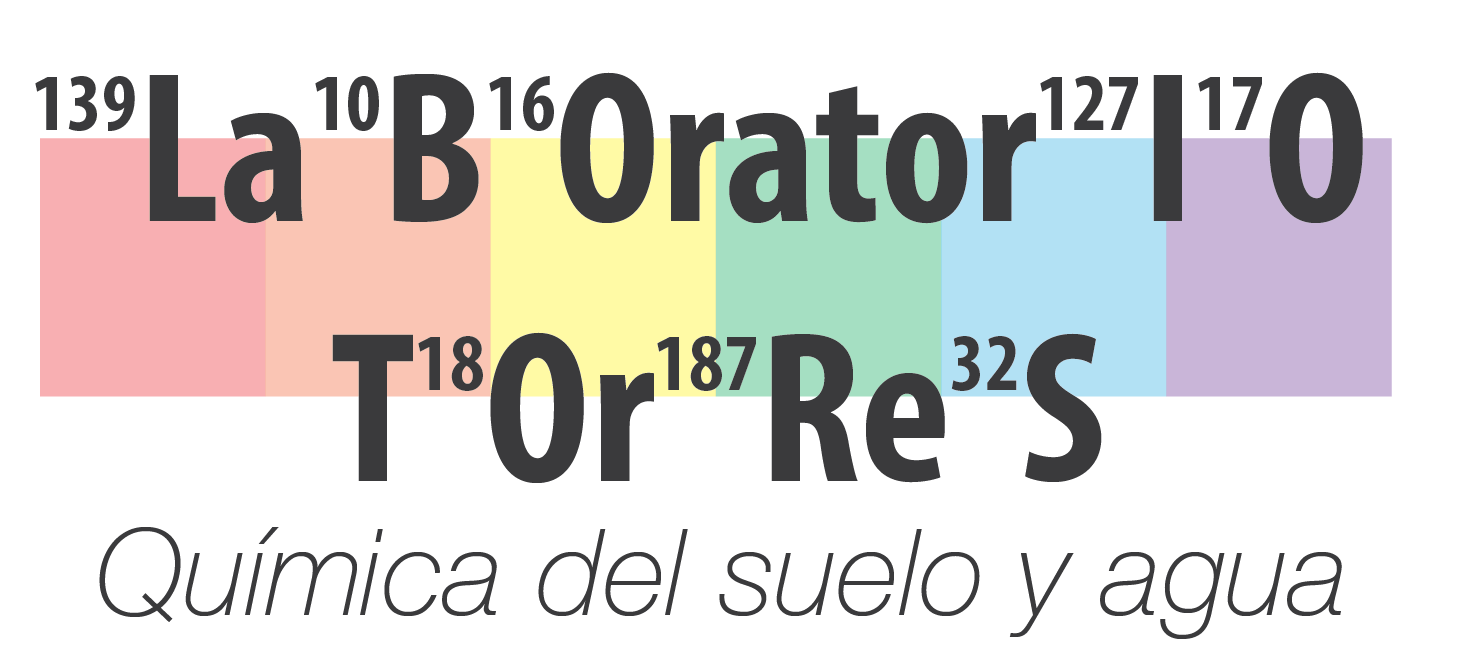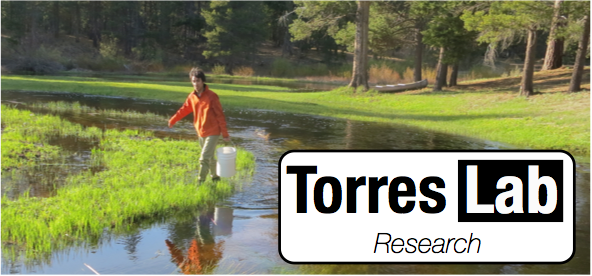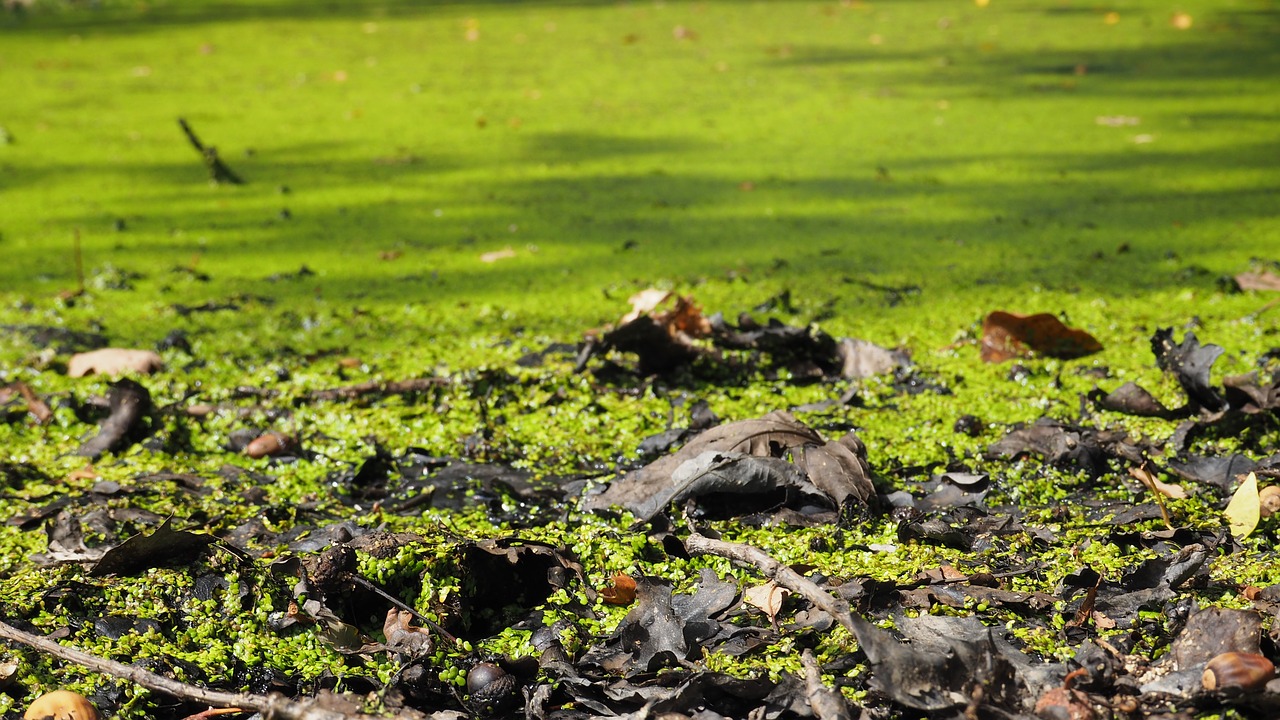


The interaction between water and rock near Earth’s surface drives a suite of dissolution/precipitation, acid/base, and reduction/oxidation reactions collectively called chemical weathering. These reactions are a major source of dissolved elements to natural waters and account for large transfers of carbon, oxygen, phosphorus, and sulfur between the rock reservoir and the ocean/atmosphere system. Linkages between chemical weathering processes and environmental conditions give rise to multiple feedbacks and forcings on the Earth system that remain to be completely understood.
Like weathering, the synthesis of organic matter and its subsequent transport, storage, and degradation is key to the biogeochemical cycling of C, O, P, and S. However, organic matter cycling obeys a completely different set of rules than weathering, adding a richer set of dynamics to major biogeochemical cycles.

The oxidation of sulfide minerals by atmospheric oxygen produces sulfuric acid, which is highly reactive in the environment. When sulfuric acid is the dominant acid driving the dissolution of carbonate and silicate minerals, carbon dioxide may be released into the atmosphere. Thus, the controls on sulfide mineral oxidation reactions and sulfur cycling within catchment systems is an important part of both the carbon and oxygen cycles.
In order to study chemical weathering and organic carbon cycling across a range of spatial and temporal scales, we utilize some combination of laboratory experiments, field studies, and numerical modeling. Present research interests include:
1. Calibrating trace element and isotope proxies for weathering and organic carbon cycling;
2. Parameterizing weathering and organic carbon feedbacks for use in Earth system models; and
3. Linking weathering and organic carbon cycling to erosion and sediment transport processes